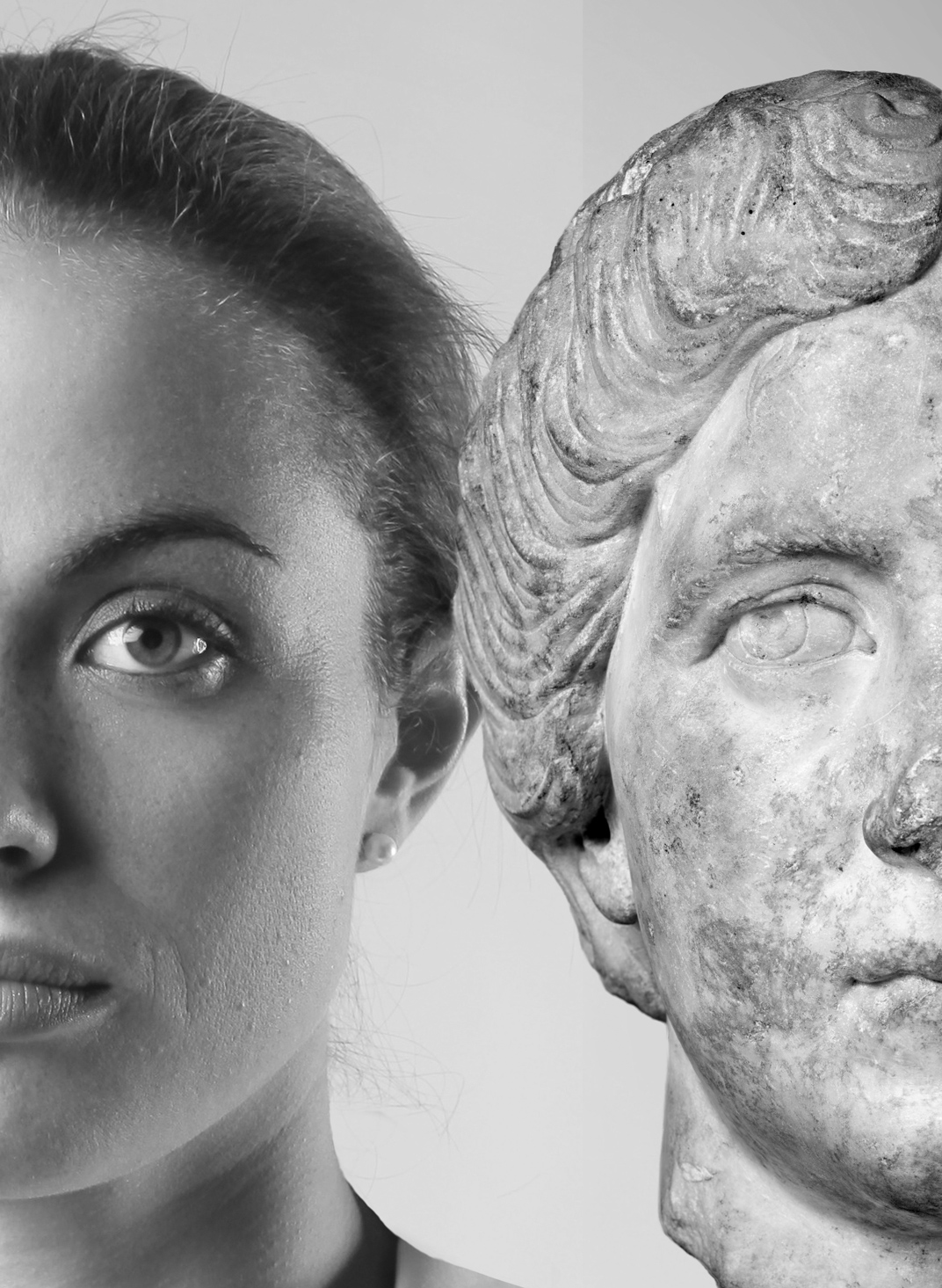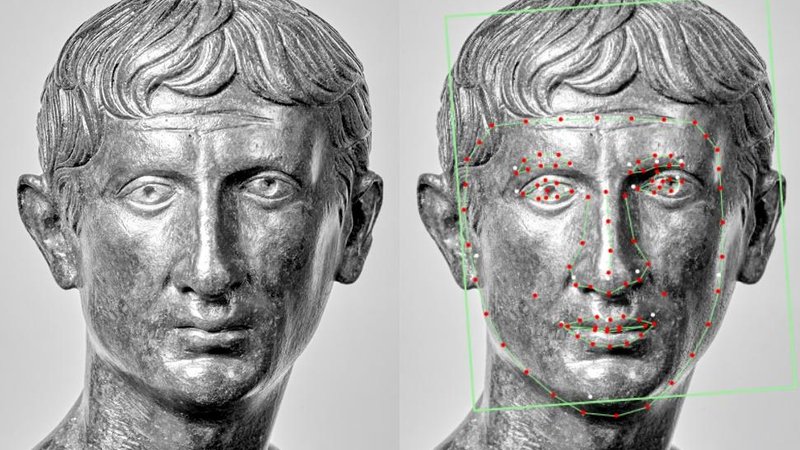DepthReading
Find Your 2,000-Year-Old Dopplegänger
Do you look more like the goddess Aphrodite or the god Apollo? A Canadian museum thinks it may have the answer. For its upcoming exhibition “My 2,000-Year-Old Double,” the Musée de la Civilisation in Quebec City, Canada, is inviting people from around the world to upload their own photos in an effort to find their ancient dopplegängers. Those with the closest matches will then be featured as part of the museum’s exhibition, which is slated to premiere next autumn.
Here’s how it works. After uploading your head shot to the museum’s website, Betaface API, a facial recognition software program, analyzes your face and scans through 123 facial comparison points, such as the bridge of your nose and the shape of your mouth, before matching you with one of 60 Greco-Roman and Egyptian sculptures dating back some 2,000 years.
So far, more than 25,000 people have uploaded images, but as of press time only five or six are what Hélène Bernier, the museum’s Director of Programming, considers “perfect matches”—meaning photos that resemble a statue with at least 95 percent accuracy and result in a double take. For example, she points to one sculpture in particular, that of a young Roman man who looks eerily similar to Facebook founder Mark Zuckerberg.
To find your own best match, Bernier offers a few tips. To start, take the photo in bright and evenly lit space. “If the lighting of the photograph isn’t good, shadows can change your physiognomy,” Bernier tells Smithsonian.com. She also recommends that people use photos where they’re facing forward, not smiling, and are free of wearing glasses or a hat. (Just pretend you’re getting your booking photo taken at your local police precinct.)
While the technology does most of the matchmaking, the curators are also keeping an eye on the submissions. “If a photo has the potential of being a perfect match, we’ll contact the person and ask for a new photo, or talk to them over Skype. It would be unfair to discount [someone who may be a close match] just based on the software alone.”
She also recommends that people use photos where they’re facing forward, not smiling, and are free of wearing glasses or a hat. (Just pretend you’re getting your booking photo taken at your local police precinct.)
For a project of such massive scale, the museum is working in collaboration with Musée d’art et d’histoire de Genève and the Fondation Gandur pour l’Art, two museums based in Switzerland that share the 60 holdings among their collections. Montréal-based photographer François Brunelle—who is known for his photographs of people who live in different parts of the world and look remarkably alike but have zero relation—is also a key player in the project, and is helping with the selection process.
Once the museum and Brunelle have selected 25 to 30 near-perfect matches, Brunelle will photograph each person alongside his or her ancient dopplegänger to showcase their symmetry. The final collection of photographs will be featured as part of the museum’s yearlong exhibition, which is currently scheduled to run Oct. 24, 2018 through Oct. 27, 2019.
“Many people [may not] realize that many French words come from the Greek language; I always try to remind people that these ancient cultures are still close to us even today,” Bernier says. “We wanted to teach people about their heritage, but in a fun way.”
And if that involves taking selfies, consider us in.
Category: English
DepthReading
Key words:


